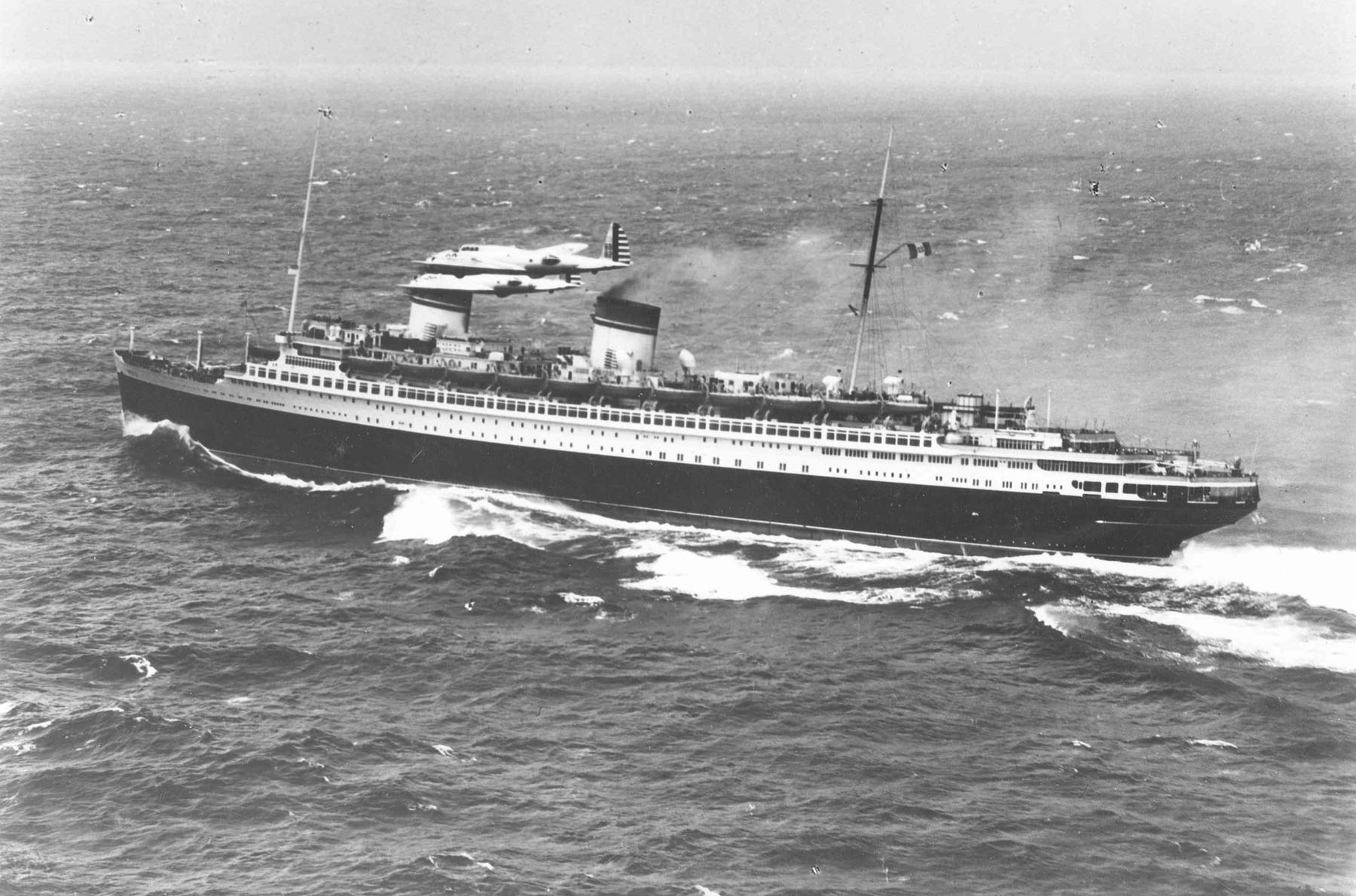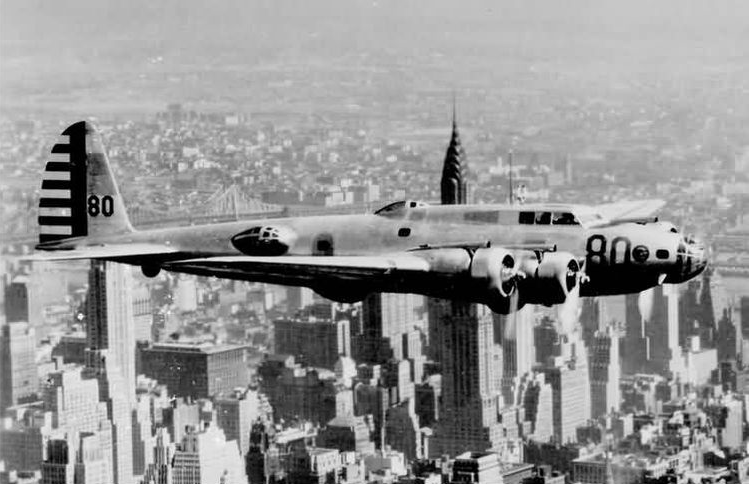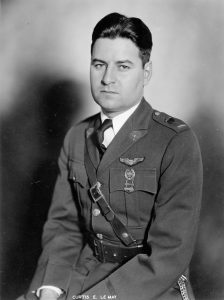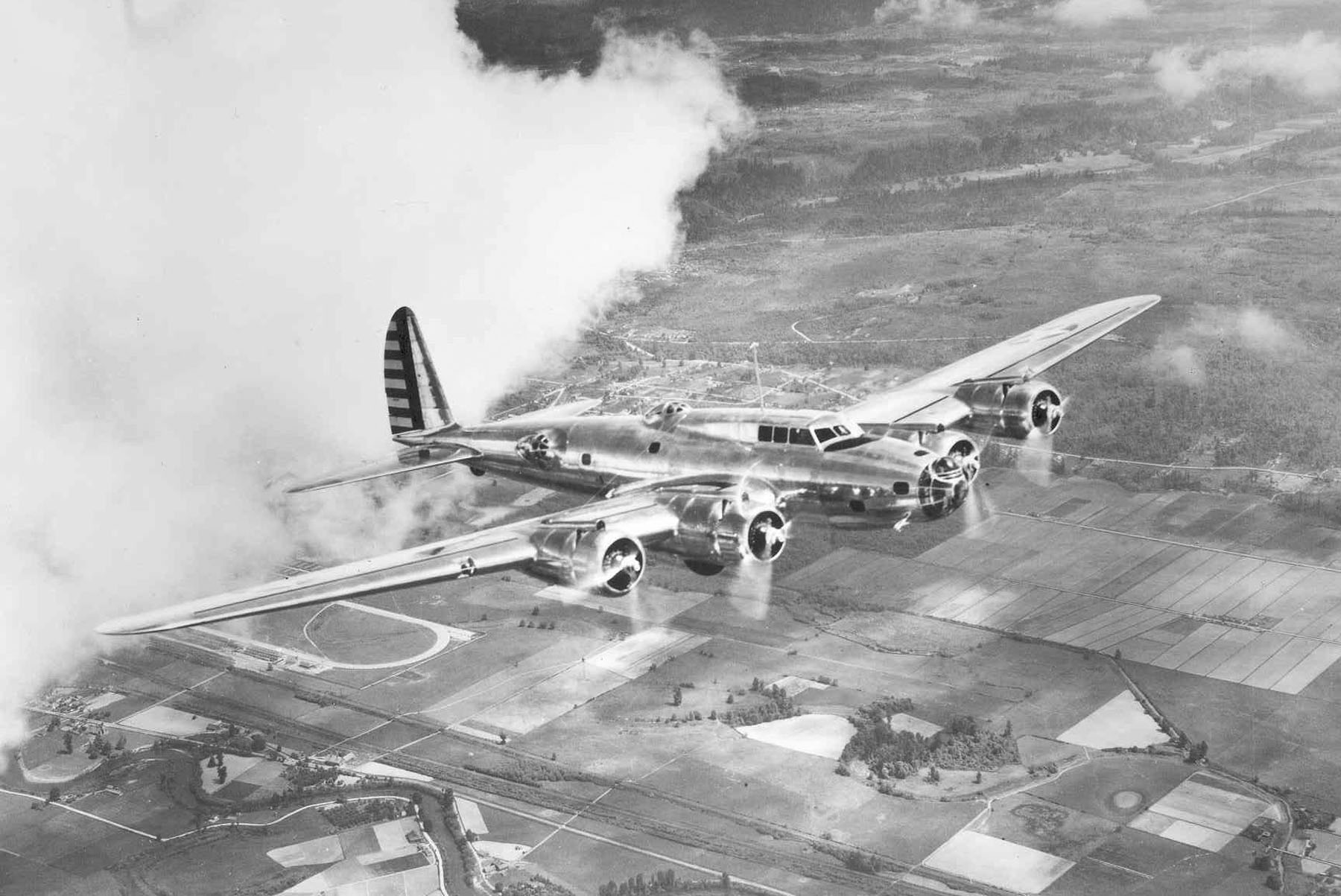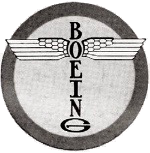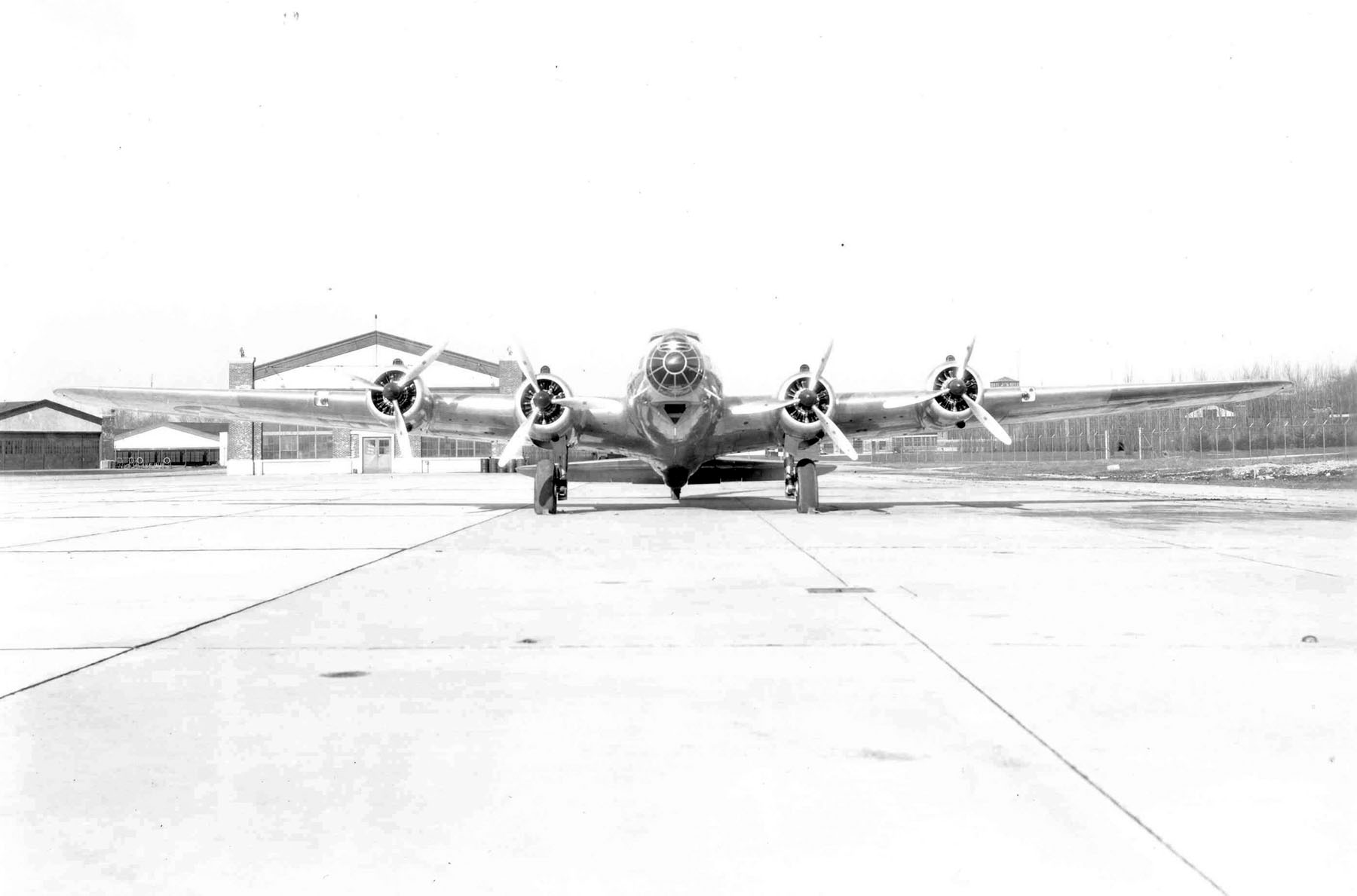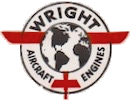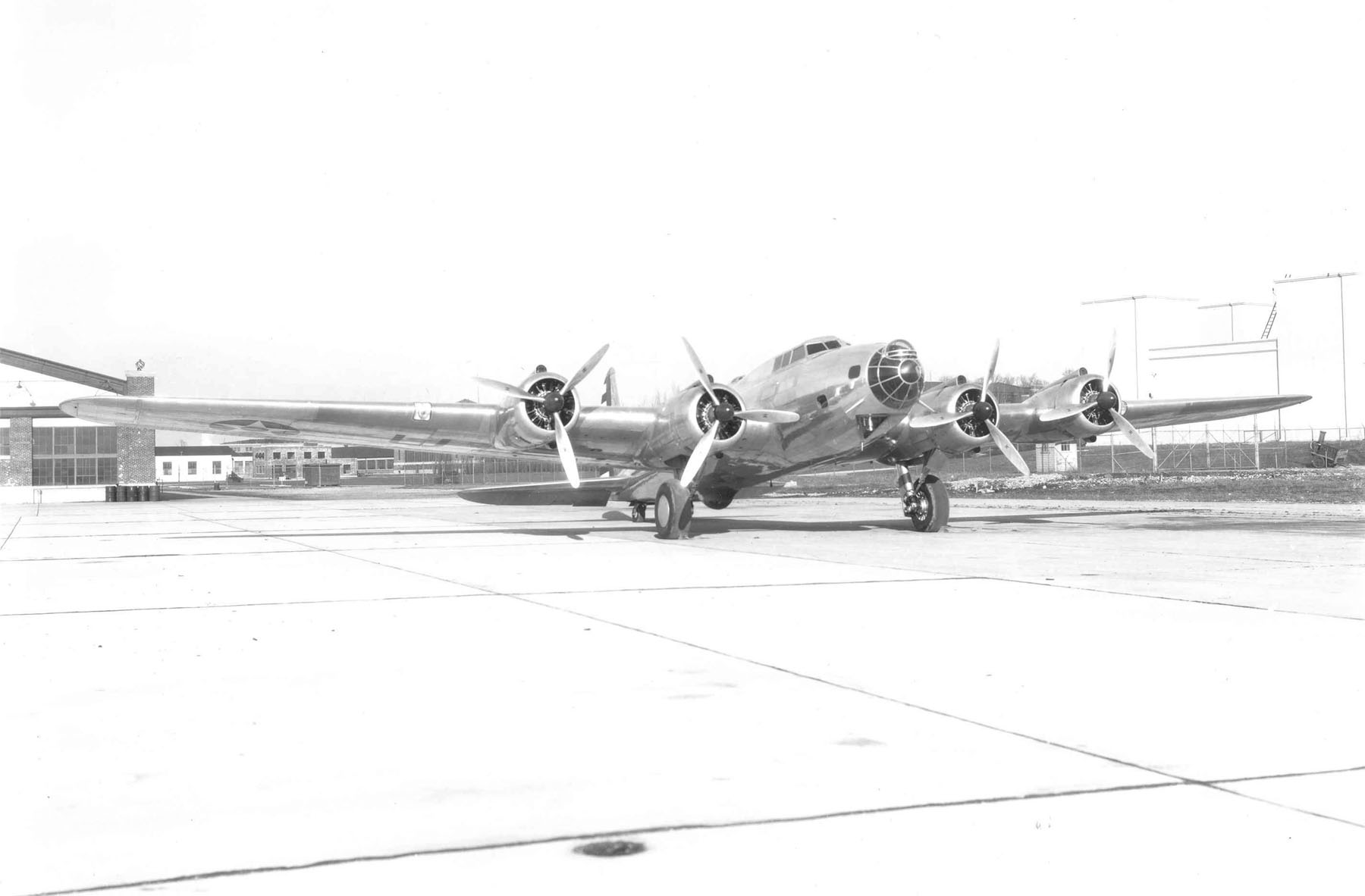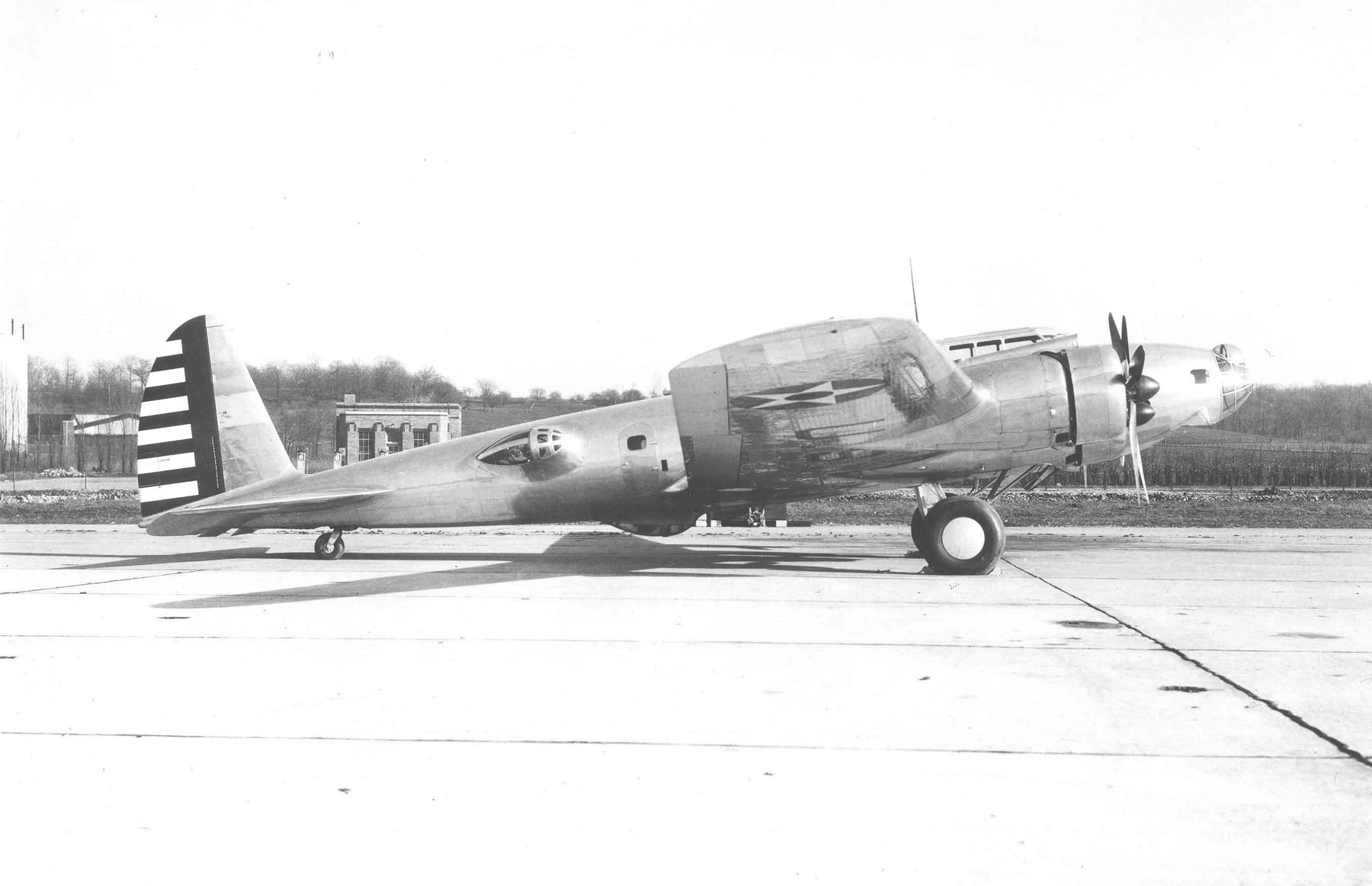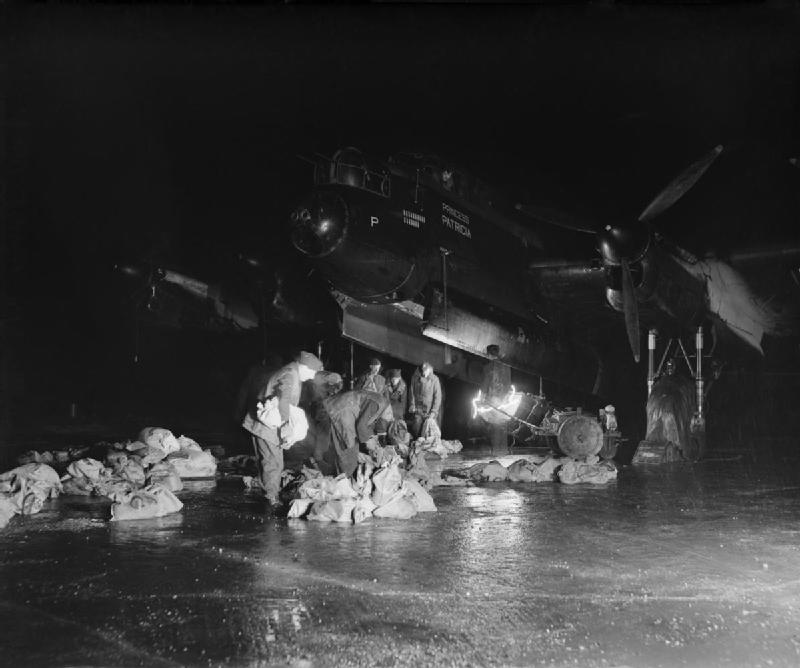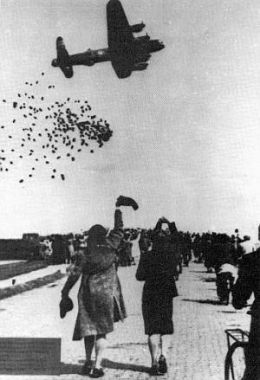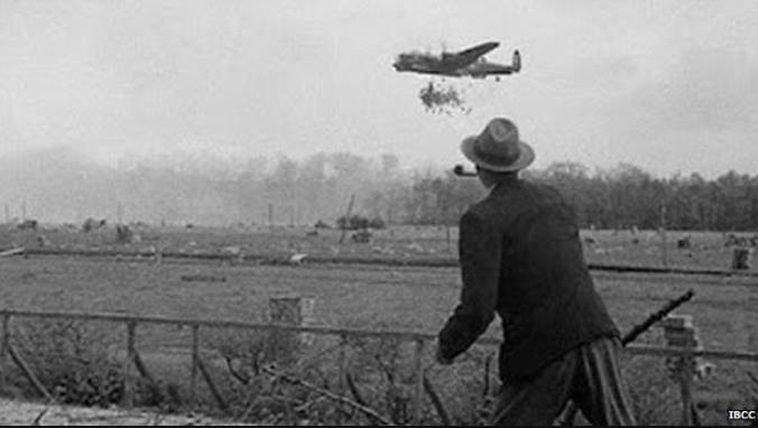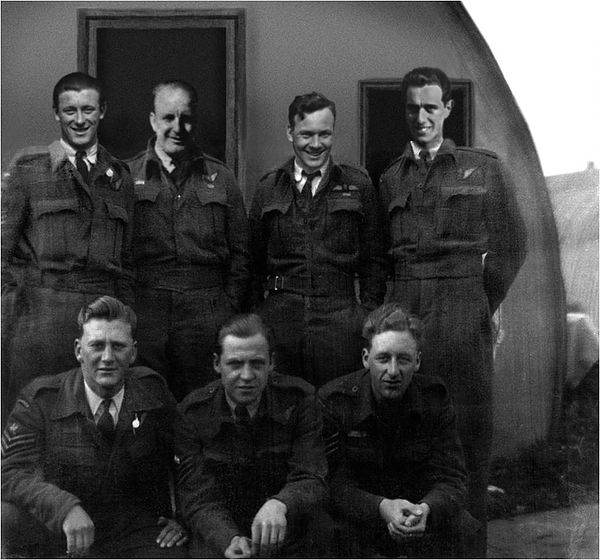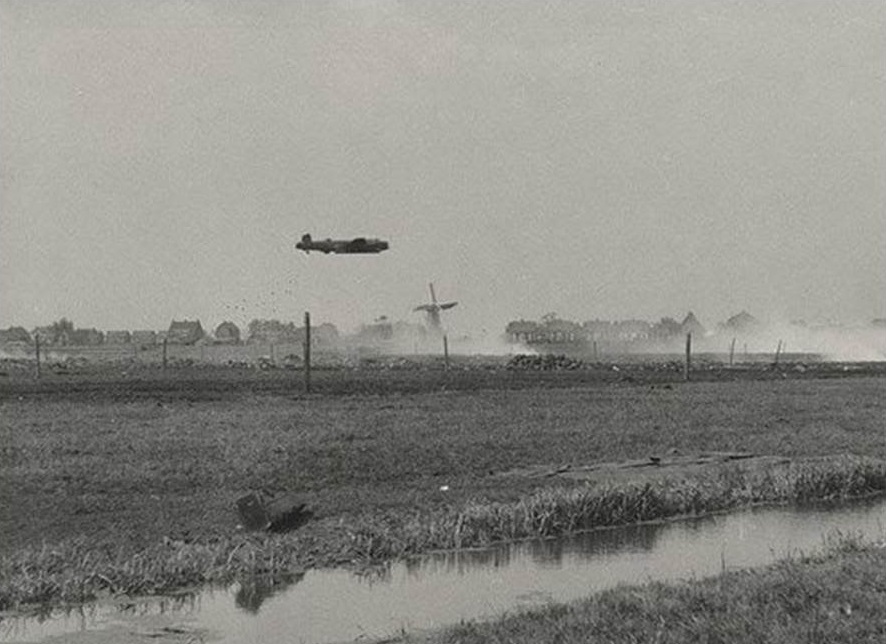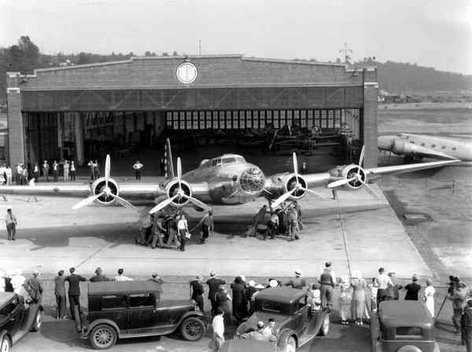
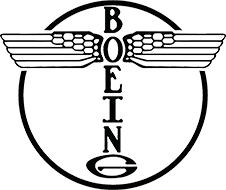 16 July 1935: Just over a year after design began, the Boeing Model 299, X13372,¹ a prototype four engine long range heavy bomber, was rolled out of its hangar at Boeing Field, Seattle, Washington for the first time. The largest land airplane built up to that time, it seemed to have defensive machine guns aimed in every direction. A Seattle Times reporter, Roland Smith, wrote that it was a “flying fortress.” Boeing quickly copyrighted the name.
16 July 1935: Just over a year after design began, the Boeing Model 299, X13372,¹ a prototype four engine long range heavy bomber, was rolled out of its hangar at Boeing Field, Seattle, Washington for the first time. The largest land airplane built up to that time, it seemed to have defensive machine guns aimed in every direction. A Seattle Times reporter, Roland Smith, wrote that it was a “flying fortress.” Boeing quickly copyrighted the name.
After several years of testing, the Model 299 went into production as the B-17 Flying Fortress. By the end of World War II, 12,731 B-17 Flying Fortresses had been built by Boeing, Douglas and Lockheed Vega.
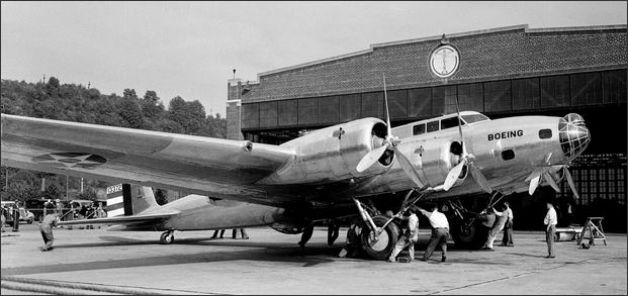
The Boeing Model 299 was a four-engine bomber operated by a crew of eight. It was designed to meet a U.S. Army Air Corps proposal for a multi-engine bomber that could carry a 2,000 pound (907 kilogram) bomb load a distance of 2,000 miles (3,219 kilometers) at a speed greater than 200 miles per hour (322 kilometers per hour). Design of the prototype began in June 1934 and construction was started 16 August 1934. The Air Corps designated it B-299, and later, XB-17. It did not carry a military serial number, being marked with civil registration NX13372.
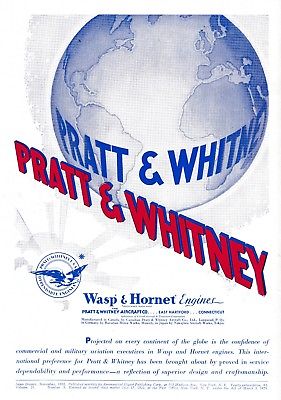 The Model 299 was 68 feet, 9 inches (20.955 meters) long with a wingspan of 103 feet, 9–3/8 inches (31.633 meters) and height of 14 feet, 11–5/16 inches (4.554 meters). Its empty weight was 21,657 pounds (9,823 kilograms). The maximum gross weight was 38,053 pounds (17,261 kilograms).
The Model 299 was 68 feet, 9 inches (20.955 meters) long with a wingspan of 103 feet, 9–3/8 inches (31.633 meters) and height of 14 feet, 11–5/16 inches (4.554 meters). Its empty weight was 21,657 pounds (9,823 kilograms). The maximum gross weight was 38,053 pounds (17,261 kilograms).
The prototype was powered by four air-cooled, supercharged, 1,690.537-cubic-inch-displacement (27.703 liter) Pratt & Whitney Hornet S1E-G nine-cylinder radial engines with a compression ratio of 6.5:1. The S1E-G was rated at 750 horsepower at 2,250 r.p.m., and 875 horsepower at 2,300 r.p.m. for takeoff, using 87-octane gasoline. They turned 11 foot, 6 inch (3.505 meters) diameter, three-bladed Hamilton Standard Hydromatic constant-speed propellers through a 3:2 gear reduction. The S1E-G was 4 feet, 1.38 inches (1.254 meters) long, 4 feet, 6.44 inches (1.383 meters) in diameter and weighed 1,064 pounds (483 kilograms)
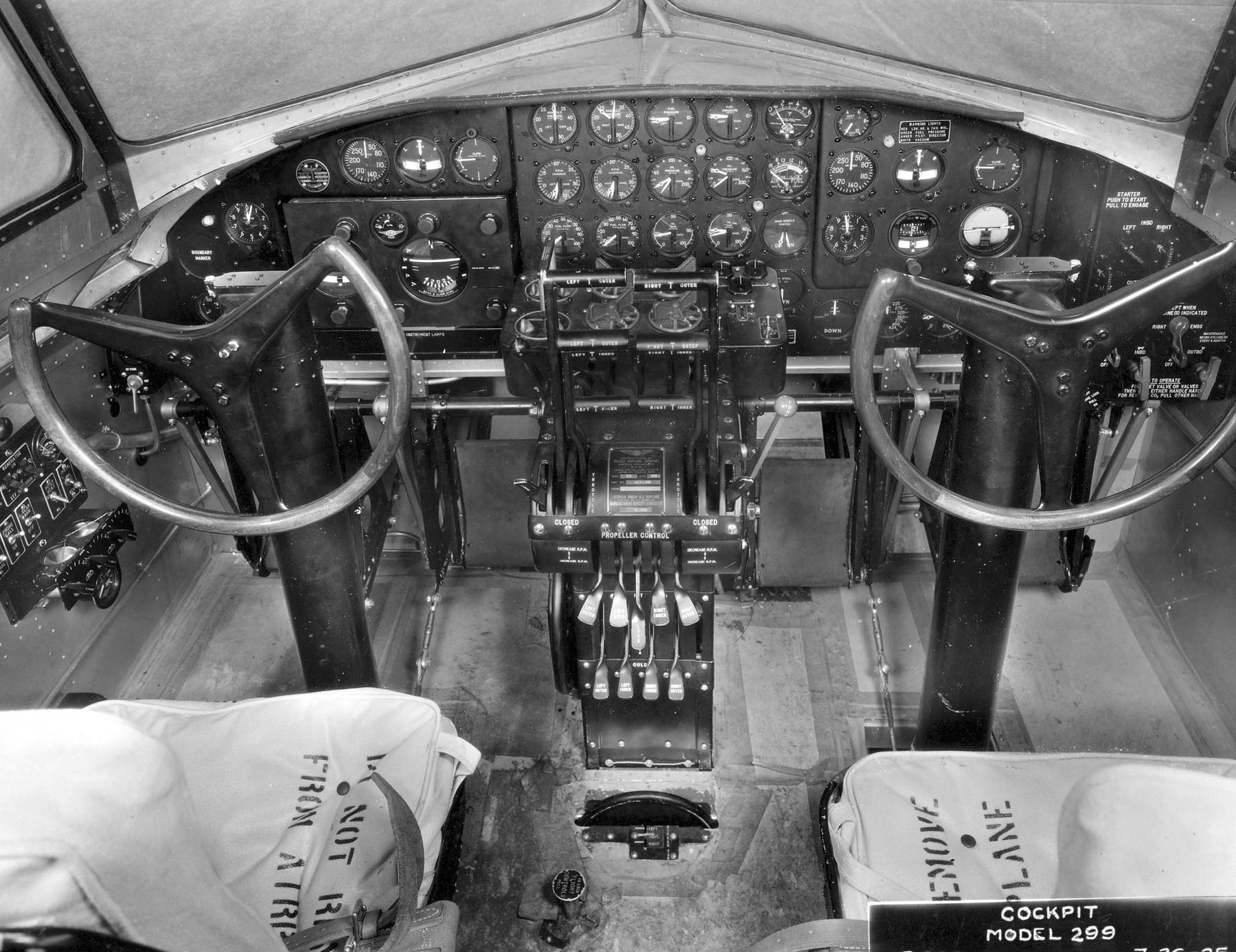
In flight testing, the Model 299 had a cruise speed of 204 miles per hour (328 kilometers per hour) and a maximum speed of 236 miles per hour (380 kilometers per hour) at 10,000 feet (3,048 meters). The service ceiling was 24,620 feet (7,504.2 meters). The maximum range was 3,101 miles (4,991 kilometers). Carrying a 2,573 pounds (1,167 kilograms) load of bombs, the range was 2,040 miles (3,283 kilometers).
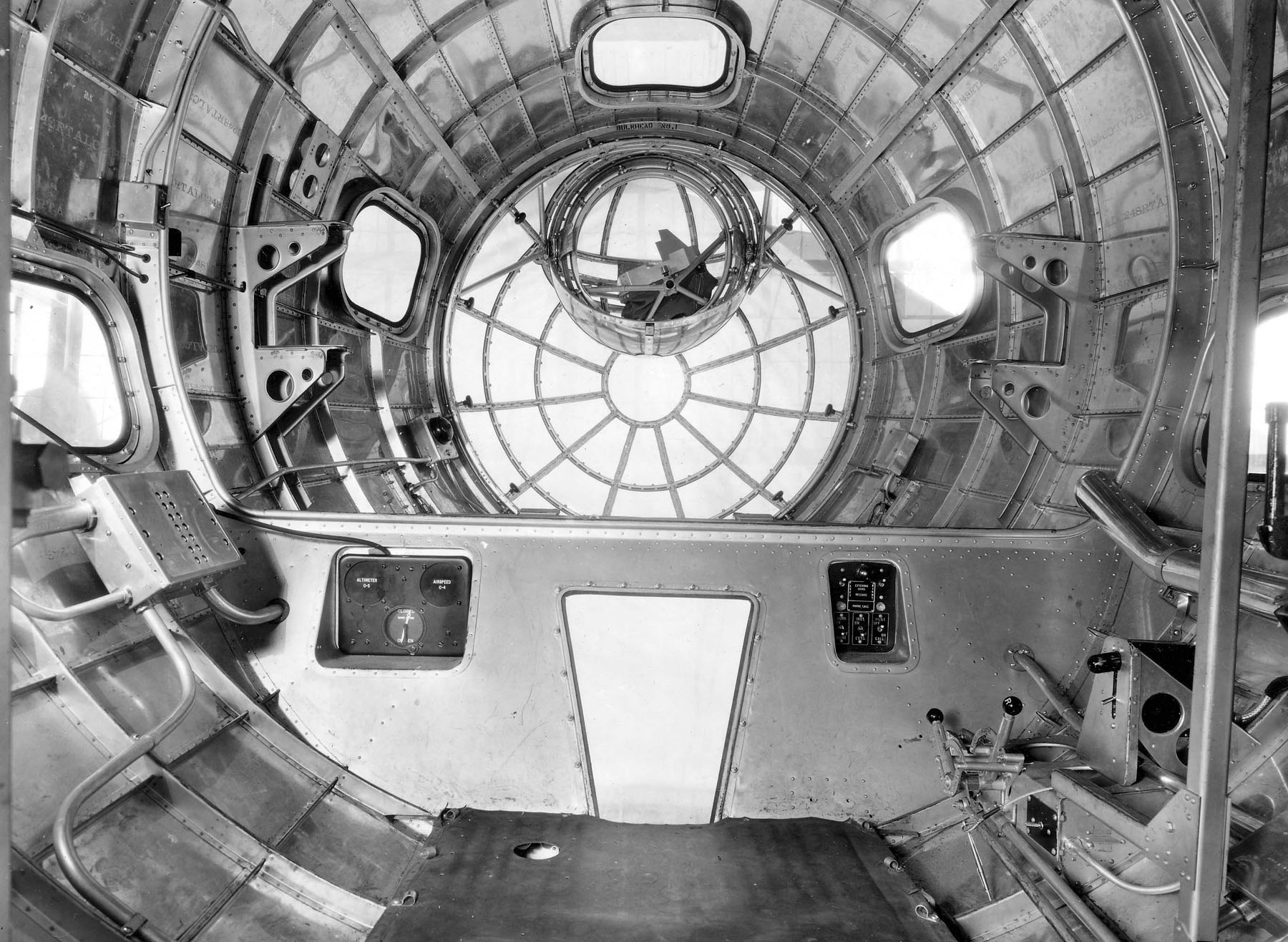
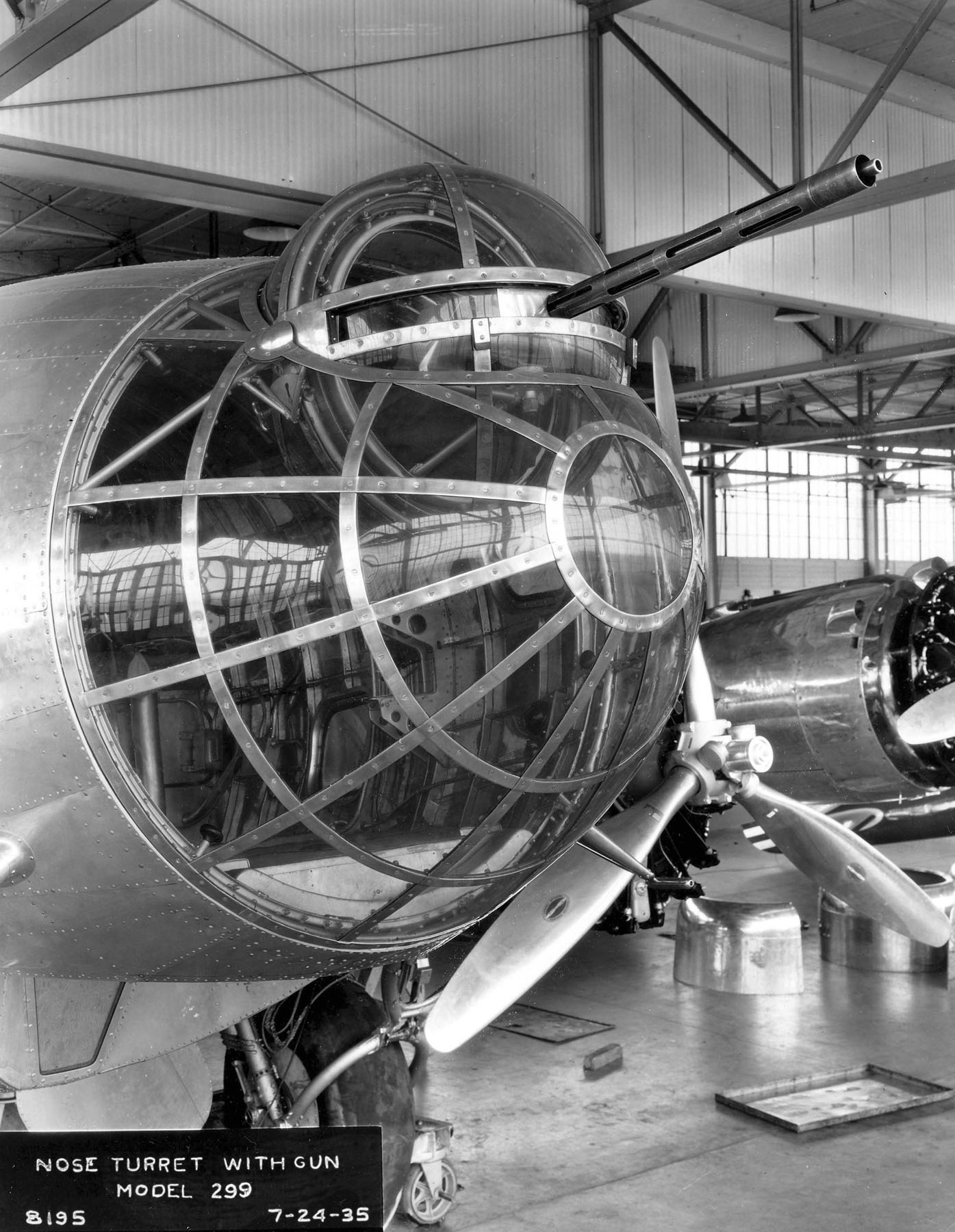
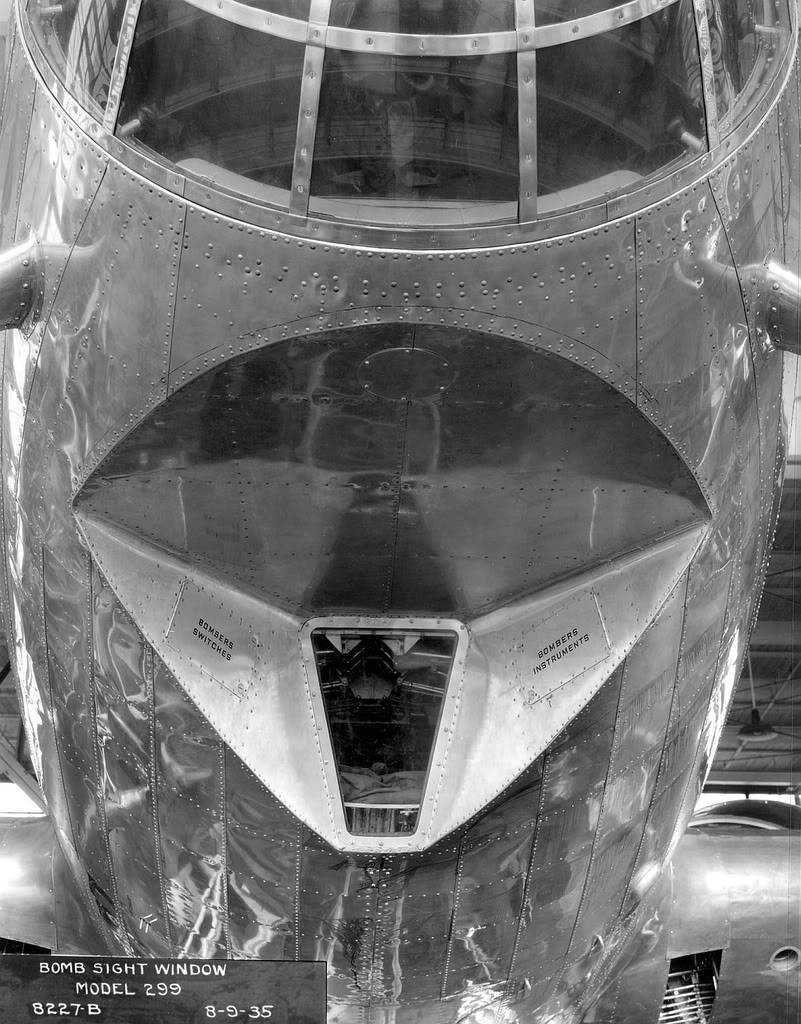
The XB-17 could carry eight 500 pound (227 kilogram) bombs in an internal bomb bay. Defensive armament consisted of five air-cooled .30-caliber or .50-caliber Browning machine guns.
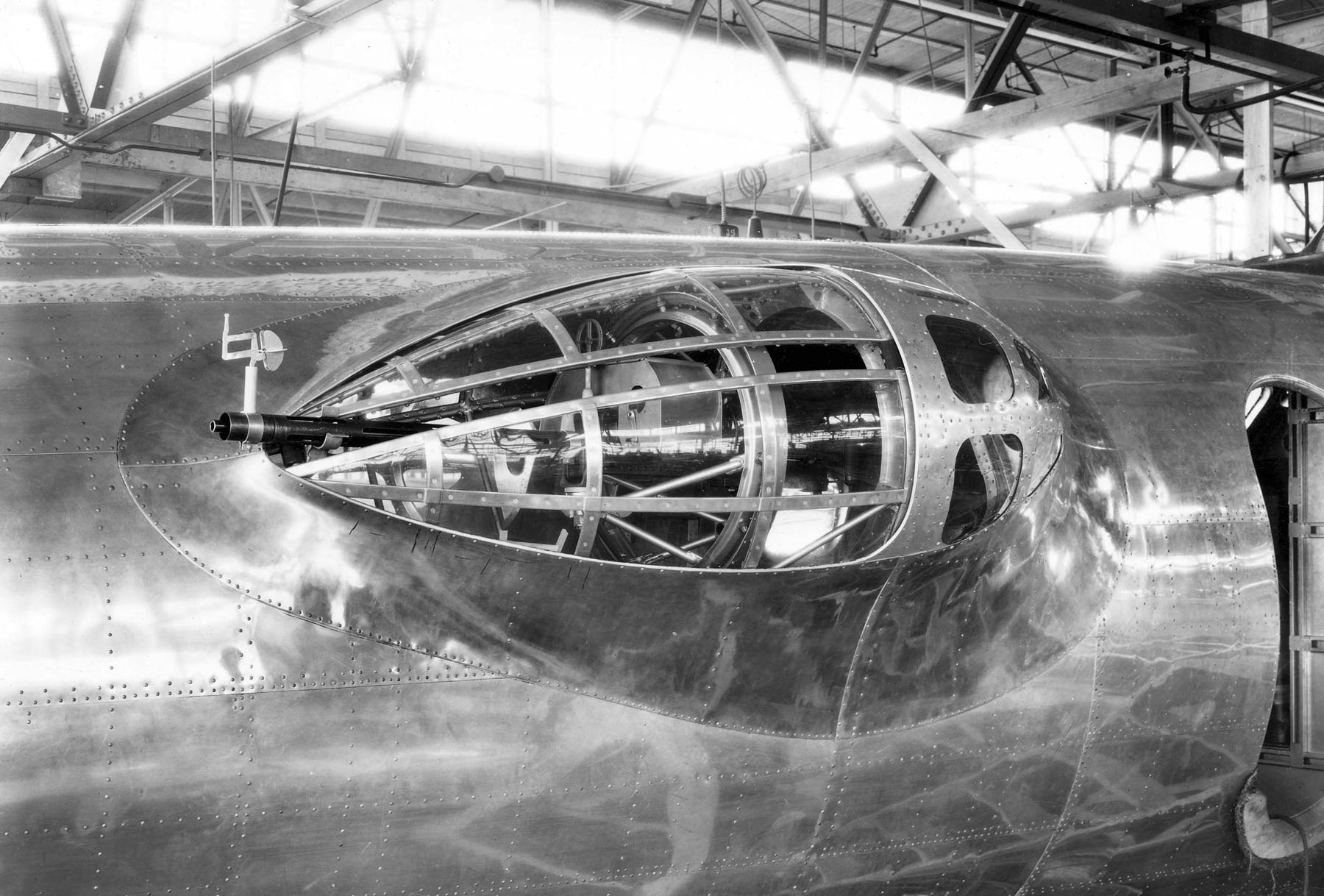
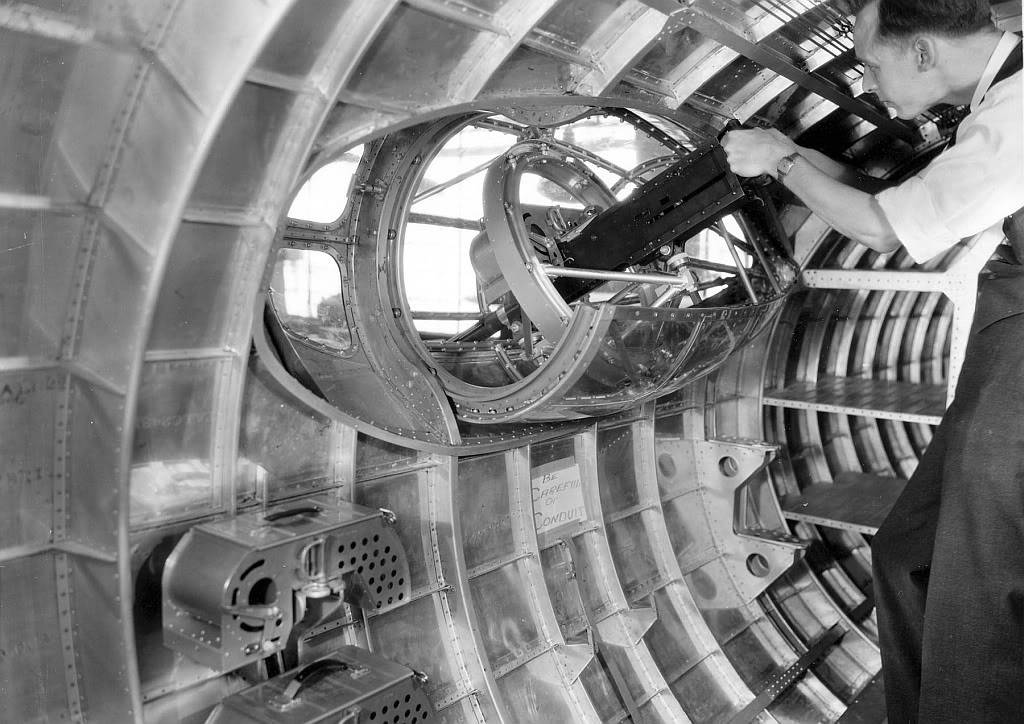
NX13372 was destroyed when it crashed on takeoff at Wright Field, Dayton, Ohio, 30 October 1935. An Army Air Corps pilot making his first familiarization flight neglected to remove the control locks. This incident led directly to the creation of the “check list” which today is used by all aircraft crew members.
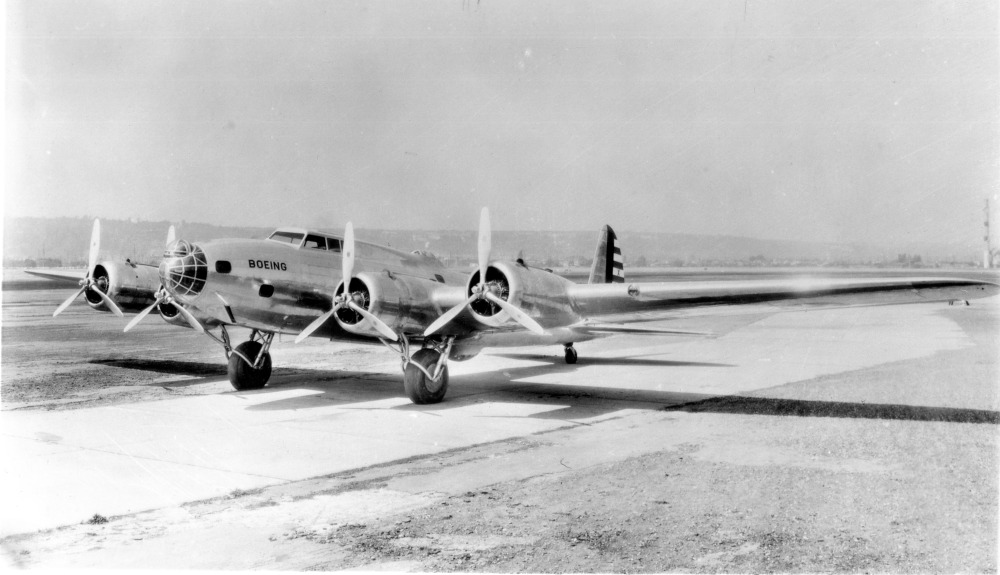
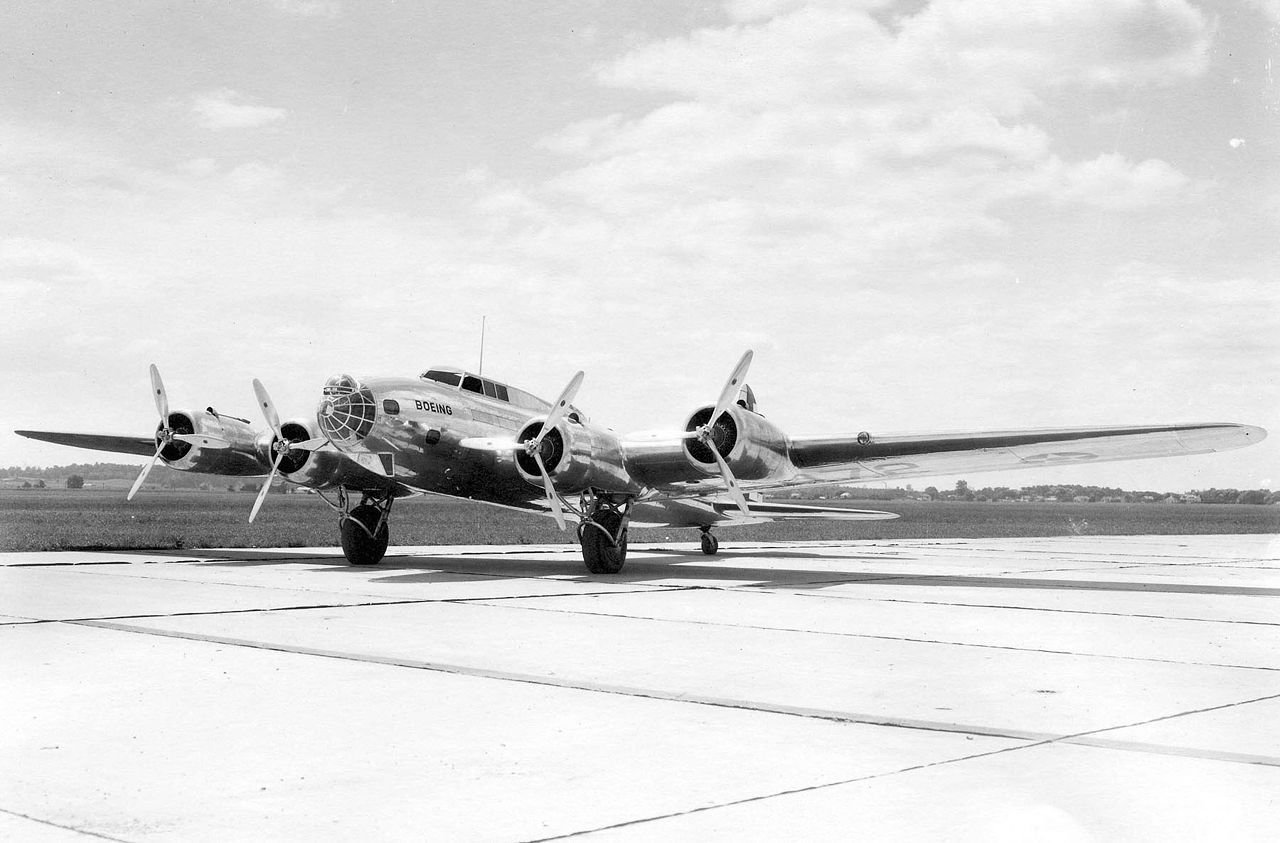
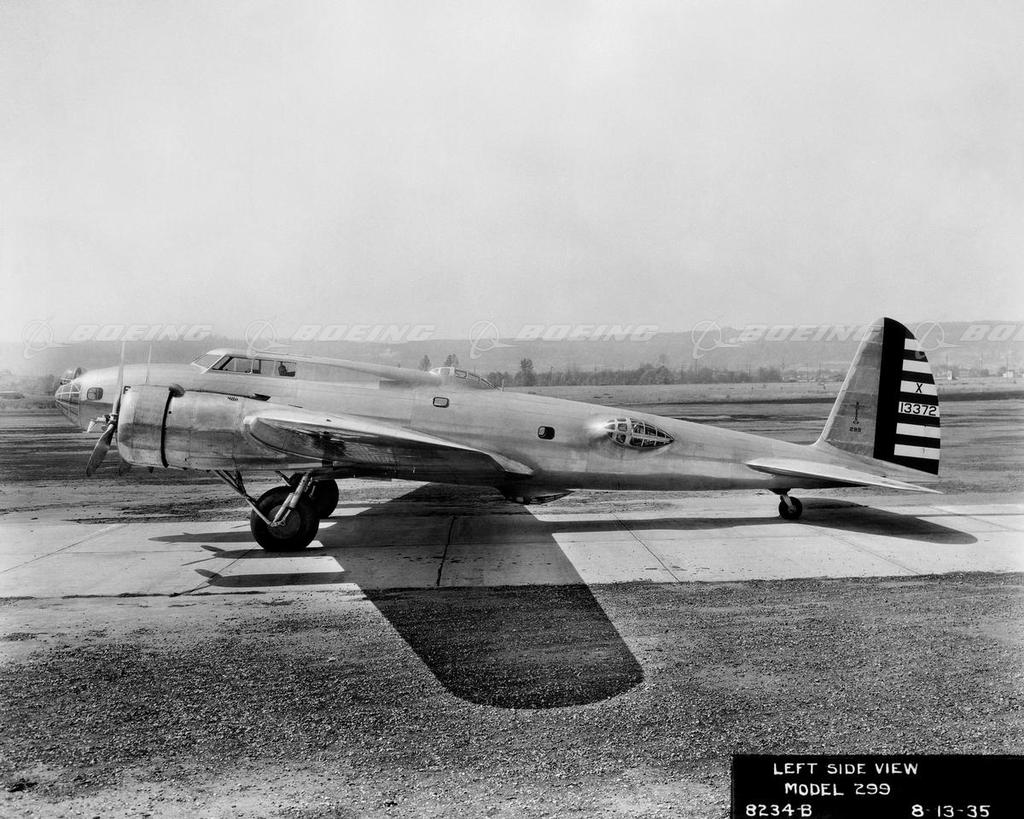
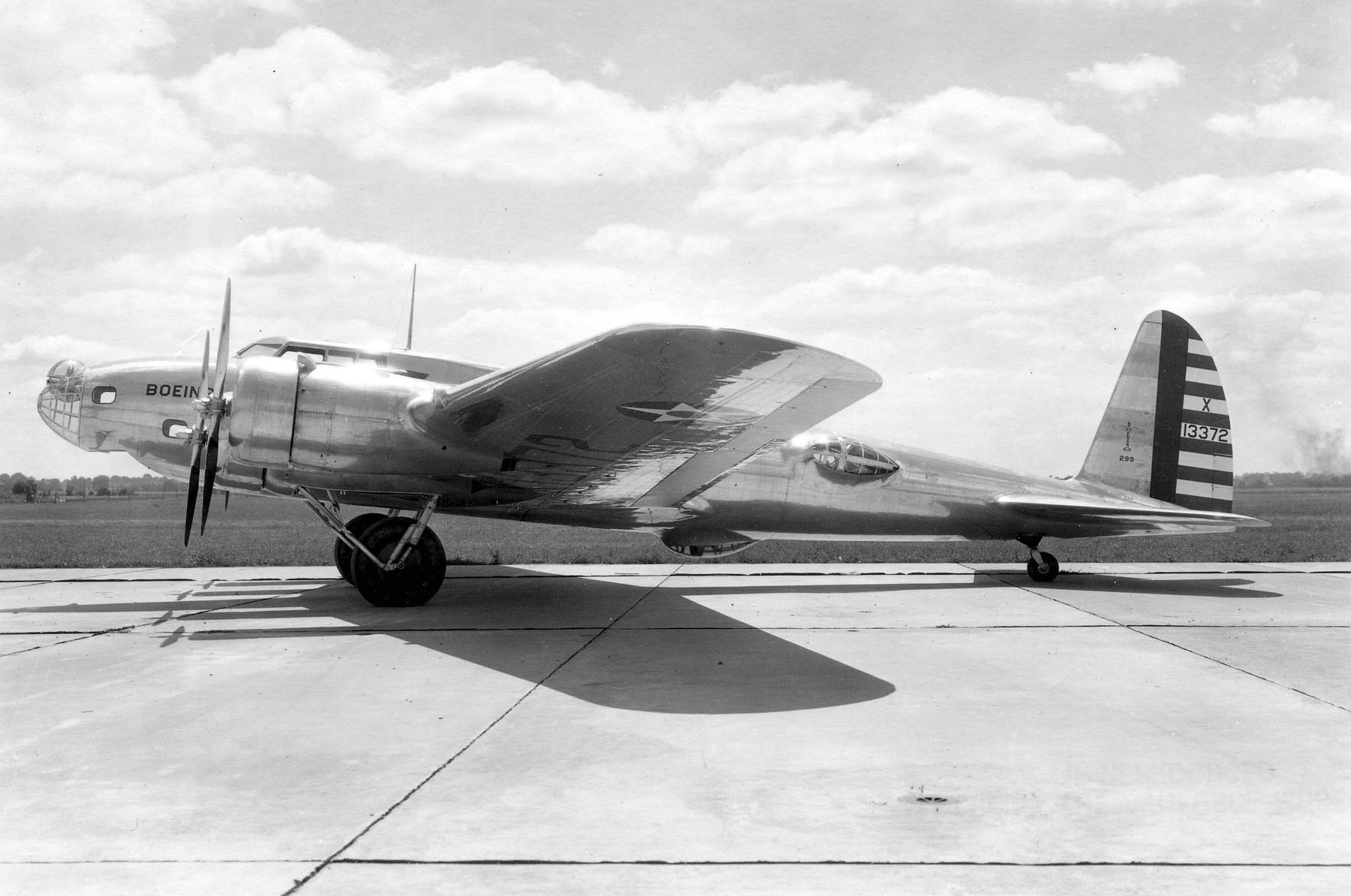
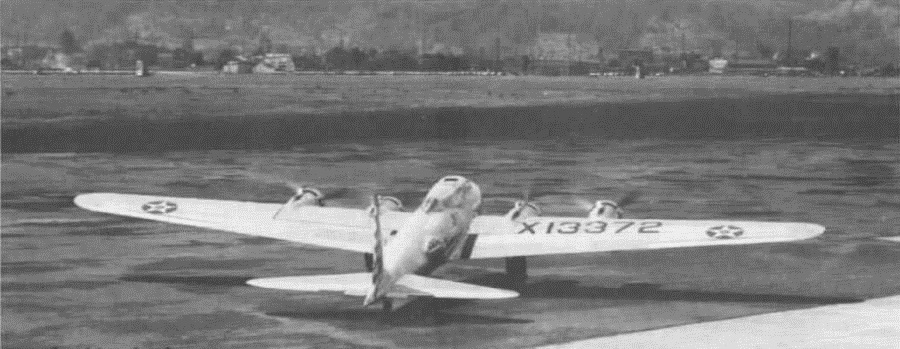
¹ At that time, experimental and restricted category aircraft were prohibited from displaying the letter “N” at the beginning of their registration mark.
© 2018, Bryan R. Swopes
